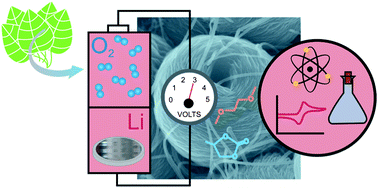Rechargeable energy storage systems with high energy density and round-trip efficiency are urgently needed to capture and deliver renewable energy for applications such as electric transportation. Lithium–air/lithium–oxygen (Li–O2) batteries have received extraordinary research attention recently owing to their potential to provide positive electrode gravimetric energies considerably higher (∼3 to 5×) than Li-ion positive electrodes, although the packaged device energy density advantage will be lower (∼2×). In light of the major technological challenges of Li–O2 batteries, we discuss current understanding developed in non-carbonate electrolytes of Li–O2 redox chemistry upon discharge and charge, oxygen reduction reaction product characteristics upon discharge, and the chemical instability of electrolytes and carbon commonly used in the oxygen electrode. We show that the kinetics of oxygen reduction reaction are influenced by catalysts at small discharge capacities (Li2O2 thickness less than ∼1 nm), but not at large Li2O2 thicknesses, yielding insights into the governing processes during discharge. In addition, we discuss the characteristics of discharge products (mainly Li2O2) including morphological, electronic and surface features and parasitic reactivity with carbon. On charge, we examine the reaction mechanism of the oxygen evolution reaction from Li2O2 and the influence of catalysts on bulk Li2O2 decomposition. These analyses provide insights into major discrepancies regarding Li–O2 charge kinetics and the role of catalyst. In light of these findings, we highlight open questions and challenges in the Li–O2 field relevant to developing practical, reversible batteries that achieve the anticipated energy density advantage with a long cycle life.

You have access to this article
 Please wait while we load your content...
Something went wrong. Try again?
Please wait while we load your content...
Something went wrong. Try again?


 Please wait while we load your content...
Please wait while we load your content...